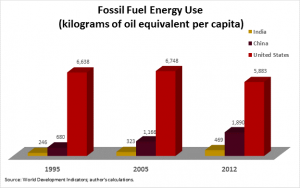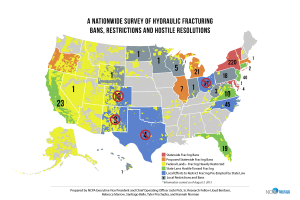A conclusion of a seven year long review of hydraulic fracturing in the state of New York does not mean that a state wide hydraulic fracturing ban is permanent. The findings of the study might be the only thing that is official from Department of Environmental Conservation other than a speech made by the governor.
Joe Martens, head of the Department of Environmental Conservation:
After years of exhaustive research and examination of the science and facts, prohibiting high-volume hydraulic fracturing is the only reasonable alternative. High-volume hydraulic fracturing poses significant adverse impacts to land, air, water, natural resources and potential significant public health impacts that cannot be adequately mitigated.
New York governor Andrew M. Cuomo announced on December 17, 2014 that he would ban hydraulic fracturing in New York State by executive proclamation because of concerns over health risks, ending years of debate over a method of extracting natural gas. He was formally declaring a “ban” after his predecessor, Patterson, implemented a “moratorium” on hydraulic fracturing. The question of whether to allow hydraulic fracturing is occurring in many states and has been one of the most divisive public policy debates in New York in years. Environmental advocates, alarmed by the growth of the practice, pointed to New York’s decision as the first ban by a state with significant natural-gas resources.
There is no actual law in place that bans hydraulic fracturing in New York. Whereas there are laws in Texas and Oklahoma that ban local hydraulic fracturing bans in those two states. So, for now, hydraulic fracturing could be on hold in New York, but only temporarily.


